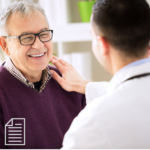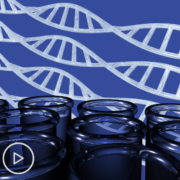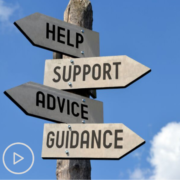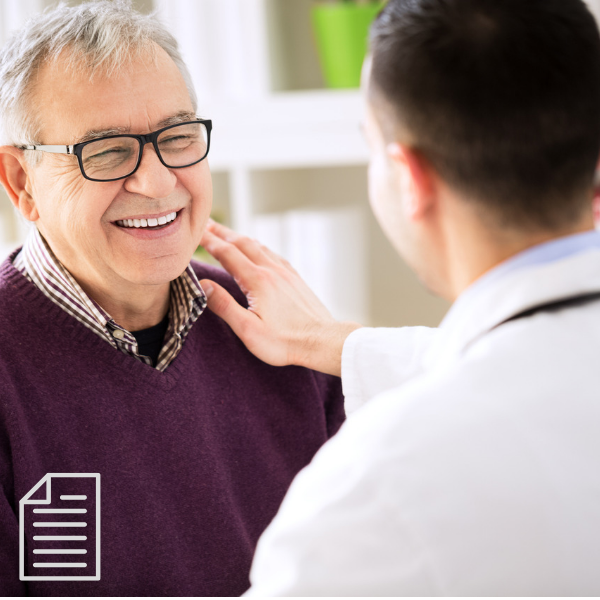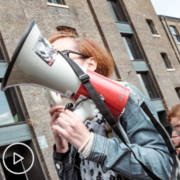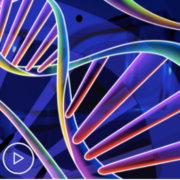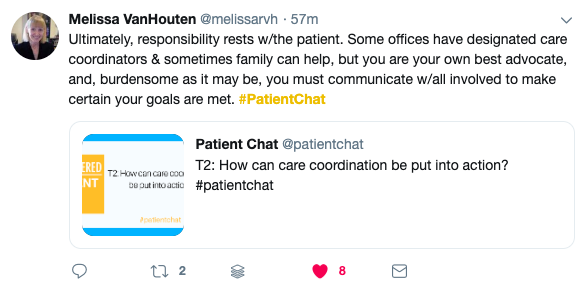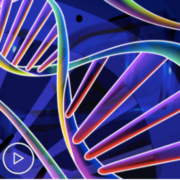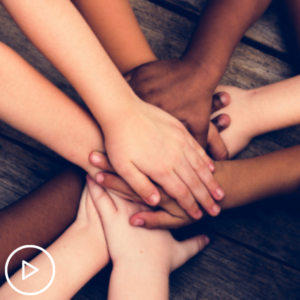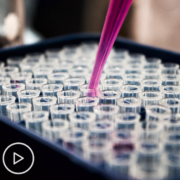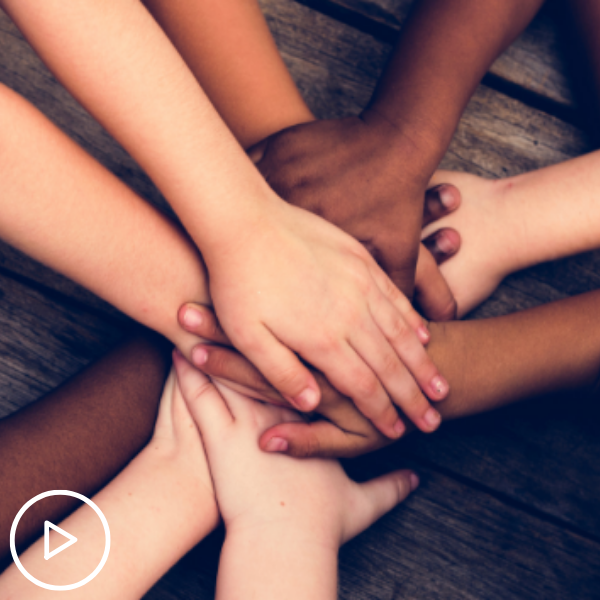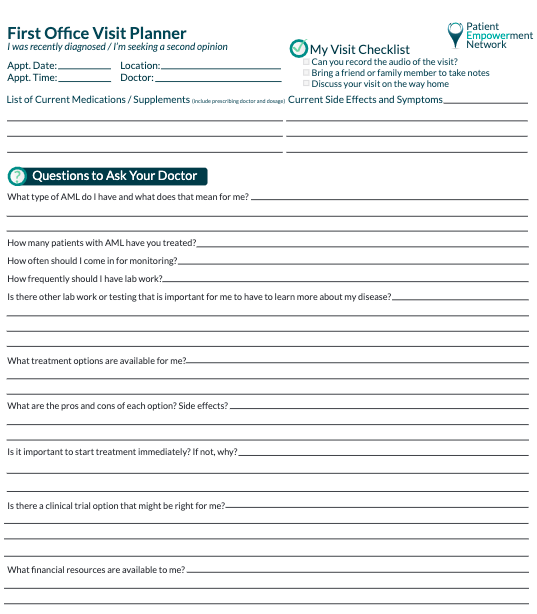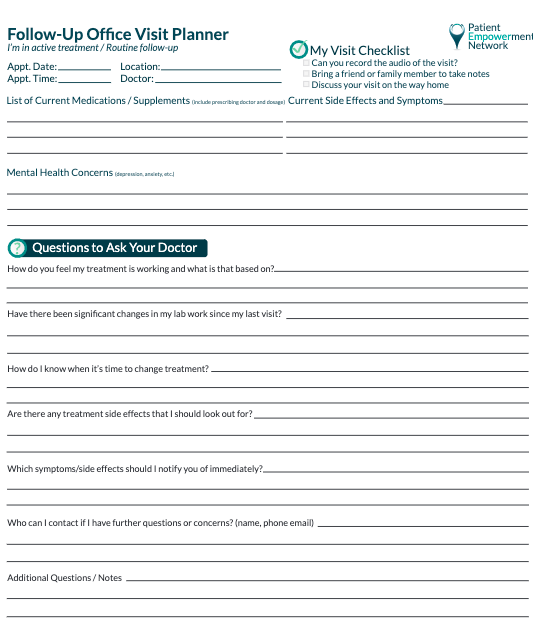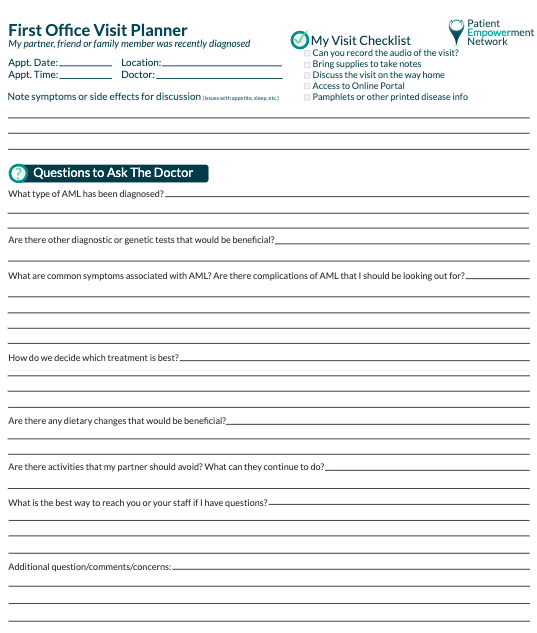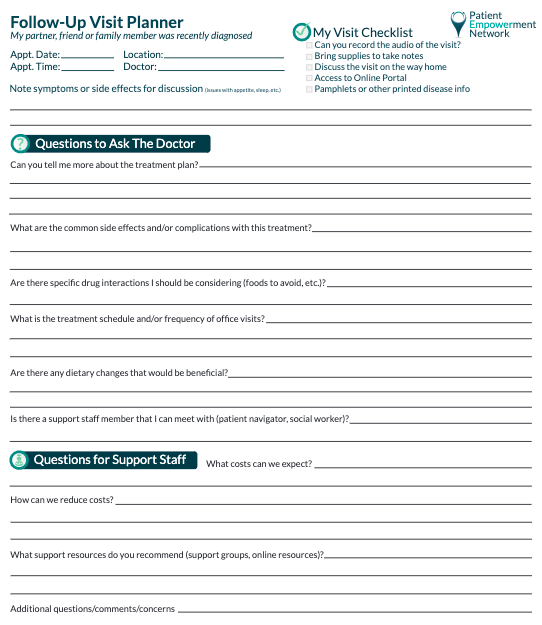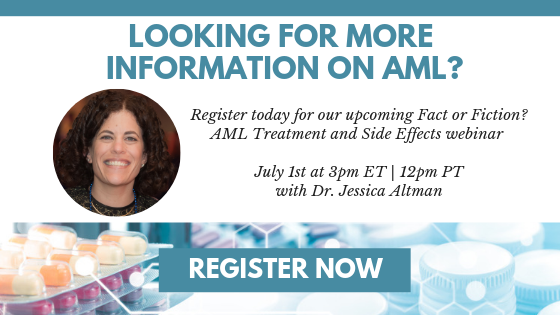At some stage in all our lives there comes a time when feelings of sadness, grief or loneliness gets us down. It is part of being human. And after all, what’s more human than feeling down after such a life-changing and stressful event like cancer? Most of the time, we bounce back; but what happens when the blues stick around and start to interfere with our work, our relationships and our enjoyment of life?
Dana Jennings, whose writings in the New York Times about his treatment for prostate cancer, so eloquently captured the mix of feelings which cancer survivors face after treatment ends, wrote that while he was “buoyed by a kind of illness-induced adrenaline” during treatment, once treatment ended, he found himself “ambushed by depression.”
Jennings’ words will have a familiar ring to many of us who have struggled with that unexpected feeling of depression and loneliness that creeps up on us after treatment is finished. For some survivors, depression kicks in shortly after diagnosis or at some stage during treatment; for others it may ambush them weeks, months or even years after treatment ends.
What Causes Depression?
Depression is a word that means different things to each of us; people use it to describe anything from a low mood to a feeling of hopelessness. However, there is a vast difference between clinical depression and sadness. Sadness is a part of being human; it comes and goes as a natural reaction to painful circumstances, but it passes with time. Depression goes beyond sadness about a cancer diagnosis or concern about the future.
In its mildest form, depression doesn’t stop you leading your normal life, but it does make things harder to do and seem less worthwhile. At its most severe, the symptoms of clinical depression are serious enough to interfere with work, social life, family life, or physical health.
Incidence of Depression in Cancer Survivors
Research shows that cancer survivors are more likely than their healthy peers to suffer psychological distress, such as anxiety and depression, even a decade after treatment ends. Although estimates of the frequency of depression in cancer patients vary, there is broad agreement that patients who face a disruptive life event like cancer have an increased risk of depression that can persist for many years. While most people will understand that dealing with a chronic illness like cancer causes depression, not everyone understands that depression can go on for many months (and even years) after cancer treatment has ended.
The Challenge of Identifying Depression in Cancer Patients
Some research has indicated that depression has been underdiagnosed and undertreated in cancer patients. This may result from several factors, including patients’ reluctance to report depression, physician uncertainty about how best to manage it, and the belief that depression is a normal part of having cancer.
Several of the characteristics of major depression listed below– like fatigue, cognitive impairment, poor sleep, and change of appetite or weight loss—are hard to distinguish from the common side effects of cancer treatment. This makes it harder to tease apart the psychological burden of cancer, the effects of treatment, and the biochemical effects of the disease.
Are You At Risk of Depression?
Depression can occur through a combination of factors, with some of us being more prone to depression than others. Factors such as a history of depression, a history of alcohol or substance abuse, and a lack of social support can increase the risk of depression in both the general population and among cancer patients.
Even if a person is not in a high-risk category, a diagnosis of cancer is associated with a higher rate of depression, no matter the stage or outcome of the disease.
Distress over a cancer diagnosis is not the same thing as clinical depression – it is important to recognize the signs and get treatment. The first step is to identify if you are experiencing symptoms of depression.
Try answering the following two questions.
Have you, for more than two weeks (1) felt sad, down or miserable most of the time? (2) Lost interest or pleasure in most of your usual activities?
If you answered ‘YES’ to either of these questions, you may have depression (see the symptom checklist below). If you did not answer ‘YES’ to either of these questions, it is unlikely that you have a depressive illness.
Depression Checklist*
(Tick each of the symptoms that apply to you)
- Trouble sleeping with early waking, sleeping too much, or not being able to sleep
- On-going sad or “empty” mood for most of the day
- Finding it hard to concentrate or make decisions
- Feeling restless and agitated, irritable or impatient
- Extreme tiredness and lethargy
- Feeling emotionally empty or numb
- Not eating properly; losing or putting on weight
- Loss of interest or pleasure in almost all activities most of the time
- Crying a lot
- Losing interest in your sex life
- Preoccupied with negative thoughts
- Distancing yourself from others
- Feeling pessimistic about the future
- Anger, irritability, and impatience
Add up the number of ticks for your total score: _______
What does your score mean?
- 4 or less: You are unlikely to be experiencing a depressive illness
- 5 or more: It is likely that you may be experiencing a depressive illness.
NB This list is not a replacement for medical advice. If you’re concerned that you or someone you know may have symptoms of depression, it’s best to speak to your doctor.
Depression – The Way Forward
It’s common to experience a range of emotions and symptoms after a cancer diagnosis, including feelings of stress, sadness and anger. However, some people experience intense feelings of hopelessness for weeks, months, or even years after diagnosis. If you continue to experience emotional distress from your cancer, it’s very important to know that help is available, and to get the help you need.
The first step on the path to recovery is to accept your depression as a normal reaction to what you have been through –don’t try to fight it, bury it or feel ashamed that it is there. Think of your depression as just another symptom of cancer. If you were in physical pain, you would seek help, and it’s the same for depression. There are many people willing to help you but the first step is to let someone know how you are feeling. Finding the courage to talk to just one person, whether that’s a loved one, primary care physician, or specialist nurse will often be the first step towards healing.
The psychological effects of cancer are only beginning to be studied and understood. In time, doctors will not only treat the body to kill the cancer, but will treat the mind which suffers the consequences of the disease long after the body has healed. When you’re depressed it can feel like you are barely existing. By obtaining the correct medical intervention and learning better coping skills, however, you can not only live with depression, but live well.
A Note on Helping a Loved One with Depression
Perhaps you are reading this because you’re concerned about a loved one who might have depression. You may be wondering how you can help. For people who have never experienced the devastating depths of major clinical depression, it may be difficult to understand what your loved one is going through. Depressed people find it hard to ask for help, so let your friend or family member know that you care, you believe in them and that you’re there for them.
The best thing you can is to listen. Don’t offer preachy platitudes about things never being as bad as you think, or suggesting the person snap out of the depression. Our culture doesn’t encourage people to talk about their emotional pain. We’re taught to suppress our feelings, not to show weakness, to get over things quickly. Most people, when they feel upset, benefit greatly by talking to someone who listens with empathy and without judgment. Most of the time the person who is depressed is not looking for advice, but just knowing that someone cares enough to listen deeply can make all the difference.
*References: American Psychiatric Association. Diagnostic and statistical manual of mental disorders, 4th ed (DSM-IV). Washington, DC: APA, 1994; and, International classification of diseases and related health problems, 10th revision. Geneva, World Health Organisation, 1992-1994.
A Stanford Medicine X e-Patient scholar, Marie Ennis O’Connor is an internationally recognized keynote speaker, writer, and consultant on global trends in patient engagement, digital health and participatory medicine. Marie’s work is informed by her passion for embedding the patient voice at the heart of healthcare values. She writes about the experience of transitioning from breast cancer patient to advocate on her award-winning blog Journeying Beyond Breast Cancer.
